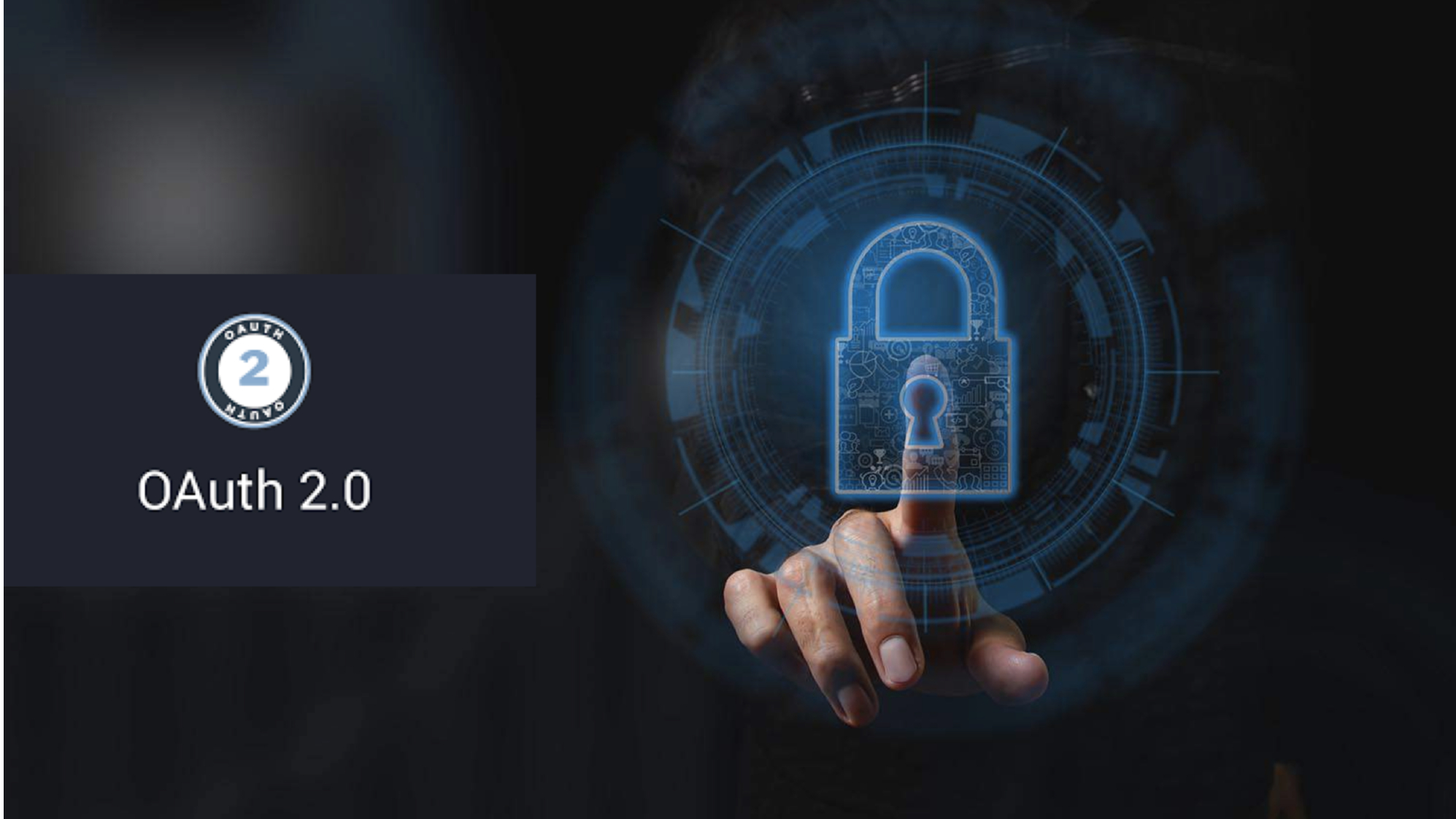In today's interconnected digital landscape, the need for secure and streamlined authorization mechanisms is paramount. With users accessing numerous applications and services, it becomes essential to ensure data privacy and prevent unauthorized access. OAuth 2.0, a widely adopted authorization framework, addresses these concerns by providing a standardized and secure way to grant third-party applications access to resources without exposing sensitive credentials.
What is OAuth 2.0?
OAuth 2.0 is an open standard for token-based authorization that enables users to grant limited access to their resources hosted on one website (the "resource server") to another website (the "client application") without sharing their credentials, like username and password. This framework is designed to be flexible, scalable, and easy to implement, making it popular among developers and service providers worldwide.
The primary goal of OAuth 2.0 is to separate the authorization process from resource access, allowing users to grant fine-grained access permissions to specific resources. This separation enhances security, as the client application never sees the user's credentials. Instead, the client receives an access token, which it can use to access resources on the user's behalf. Access tokens have a limited scope and validity, and they can be revoked by the user at any time.
The key participants in the OAuth 2.0 flow are:
Resource Owner: The user who owns the protected resources and grants access to them.
Client: An interface requesting access to a protected resource on behalf of the Resource Owner OR an application making protected resource requests on behalf of the Resource Owner and with its authorization.
User Agent: Agent used by the Resource Owner to interact with the Client (for example a browser)
Authorization Server: The server responsible for issuing Access Tokens to the Client after successfully authenticating the Resource Owner and obtaining authorization.
Resource Server: The server, hosts the protected resources that are accessible via the access tokens.
Types of Grant in OAuth 2.0
OAuth 2.0 provides multiple grant types, each tailored to different scenarios and security requirements. Let's explore the most common grant types:
1. Authorization Code Grant
The Authorization Code Grant is one of the most widely used and secure OAuth 2.0 flows. It is designed for web applications and follows these steps:
The client redirects the user to the authorization server for authentication.
After successful authentication, the authorization server provides an authorization code to the client.
The client exchanges this authorization code for an access token from the authorization server.
With the access token, the client can access the user's resources on the resource server.
This flow prevents the exposure of access tokens to the client since it requires a secure server-to-server communication during the token exchange.
2. Implicit Grant
The Implicit Grant is optimized for user-agent-based clients (e.g., JavaScript applications) where it's not possible to keep client secrets confidential. It involves the following steps:
The client redirects the user to the authorization server for authentication.
The authorization server returns the access token directly to the client through the browser.
The client can now access the user's resources using the obtained access token.
This grant type is less secure than the Authorization Code Grant since the access token is exposed in the browser, making it susceptible to potential attacks like Cross-Site Scripting (XSS).
3. Resource Owner Password Credentials Grant
The Resource Owner Password Credentials Grant allows clients to request access tokens using the resource owner's username and password directly. This flow should be used only when trust is established between the client and the resource owner, such as for first-party applications.
While this approach simplifies the token acquisition process, it raises security concerns as the client gains direct access to the user's credentials.
4. Client Credentials Grant
The Client Credentials Grant is used when the client is acting on its own behalf rather than on behalf of a specific user. It involves the following steps:
The client sends its credentials (client ID and secret) to the authorization server.
The authorization server verifies the client and issues an access token.
The client can access the protected resources using the obtained access token.
This grant type is commonly used for server-to-server communication or when accessing resources that do not involve user-specific data.
5. Refresh Token Grant
The Refresh Token Grant allows clients to obtain a new access token without requiring the user to re-authenticate. Refresh tokens are typically issued alongside access tokens and have a longer lifespan. When the access token expires, the client can use the refresh token to obtain a new access token without involving the user again.
OAuth 2.0 has become the de facto standard for secure and flexible authorization in today's interconnected world. By utilizing different authorization grants, developers can tailor their implementations to meet specific security and use-case requirements. However, it is crucial to select the appropriate grant type based on the application's needs and adhere to best practices to ensure a robust and secure authentication process. When used correctly, OAuth 2.0 helps strike a balance between user convenience and data protection, making it an indispensable tool in today's connected digital landscape.


